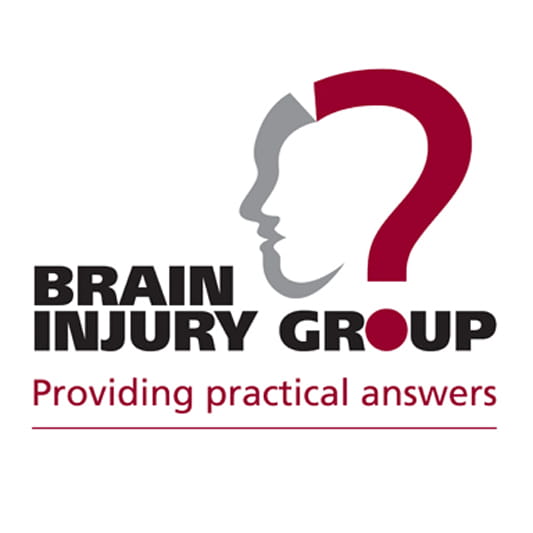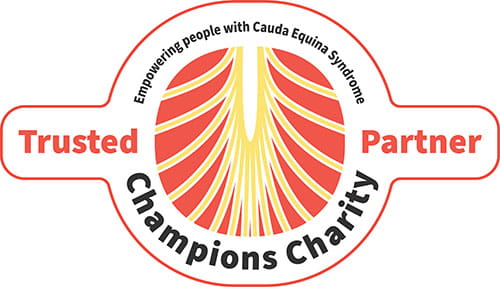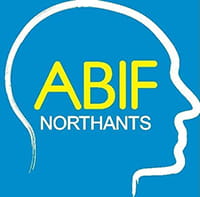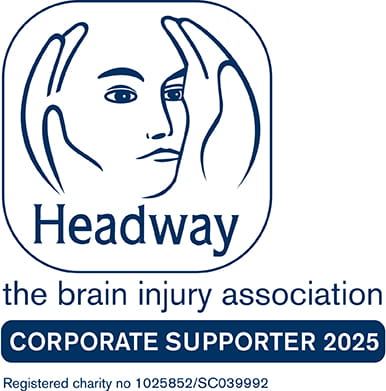A 2018 study found that this accounted for one percent of all GP visits, five percent of all A&E department visits and 40 percent of emergency hospital admissions in the UK, whilst cardiac disease accounts for between 8 and 18 percent of all cases of chest pain as seen in primary care.
Given its association with cardiac disease, chest pain often requires urgent examination to exclude life threatening causes. It can be difficult to diagnose the exact cause of chest pain but clinicians are aided by the history and the patient’s appearance to determine whether urgent hospital admission should be arranged.
What are the most common signs and symptoms of a heart attack?
Patient.co.uk, a resource used by GPs to aid in the diagnosis of a patient’s symptoms advises GPs to look for the following symptoms when assessing whether chest pain may indicate an acute coronary syndrome:
- chest pain that feels heavy, pressing or tight across the chest lasting longer than 15 minutes. Often this pain can be intermittent and settle at times, incorrectly reassuring patients.
- pain in other parts of the body – the pain has been described as a spreading pain from the chest across the arms, jaw, neck, back and stomach
- feelings of nausea and vomiting
- sweating
- shortness of breath
NHS.uk also identifies these additional symptoms that patients commonly report:
- an overwhelming feeling of anxiety
- coughing or wheezing
Though the chest pain related to cardiac arrest is often severe, some people may only experience minor pain, similar to that of indigestion. All patients are different and may experience a combination of these symptoms and not necessarily all of them.
Studies show that men and women experience cardiac arrest symptoms differently and that women are more likely to present with symptoms of shortness of breath, nausea and spreading pain than men. It is also possible to have symptoms of a heart attack without the associated chest pain and this is more common in post-menopausal women.
Susan Prior, a partner in Shoosmiths’ Thames Valley office commented:
“Whilst chest pain is the most associated symptom of a heart attack it is important to be aware of the other symptoms as its presentation isn’t the typical clutching of the chest popularised by the media.
“Campaigns such as the NHS’s Help Us Help You campaign, backed by Soccer AM presenter Peter Tubes, are an important resource for public education and ensuring the prevention of symptoms before they worsen.”
Case Study
Susan Prior acted for a client who was displaying some, but not all of the symptoms that can indicate a cardiac arrest. He attended his GP practice following experiencing pain from his neck and jaw which radiated to his arms and shoulders. He also noted increased bouts of sweating. As part of the claimant’s case, it is alleged that this GP failed to take an adequate history of his conditions and, had he done so, that he would have identified that this pain was still ongoing, rather than having resolved. The GP arranged for an ECG and routine blood tests but considered that our client’s symptoms were indigestion. As a result, this ECG was arranged to take place six days after his appointment.
The ECG tests revealed abnormalities that were incorrectly considered to be historic abnormalities and so a second GP made a 2 week referral to the local Rapid Access Chest Pain Clinic. This referral failed to highlight the additional risk factors and therefore was classed as non urgent. Our client was also not contacted about the results of the ECG or the referral.
Before his appointment, eight days later, our client started to experience worsening pain in his throat and neck, he also started to sweat more and became very pale in appearance. A 999 call was made and a paramedic immediately identified his symptoms as those of a heart attack. An ambulance arrived to assist him, and paramedics witnessed him enter cardiac arrest and suffer a seizure. He was then admitted to hospital and placed on a ventilator in the intensive care unit.
Shoosmiths instructed an expert GP who reviewed the care provided by his GPs and identified that there were a number of failings in the way the claimant’s care was managed in light of his symptoms by both the first and second GP. When he presented to his GP on the first occasion, whilst his symptoms could have been associated with a number of conditions, labelling them as non-cardiac was a breach of duty and therefore negligent given the range of diagnosis at that time. The second GP also breached his duty by failing to heed the ongoing symptoms and the results of the ECG. An expert in cardiology has confirmed that, had he been referred to cardiologists as a result of his symptoms on either of these occasions, he would have been started on the clinical pathway for acute coronary syndromes and would have avoided the subsequent seizure and cardiac arrest.
Sue has another case where the patient attended his GP surgery and explained that he had googled his symptoms and felt that he might be having a heart attack. His symptoms were a sore throat and tricep pain as well as neck and jaw pain. He was diagnosed with a viral infection and advised to return if he felt no better. He was admitted to hospital later that day, having collapsed at home, and diagnosed as having suffered a heart attack.
Susan Prior comments:
“Our GP experts advise it that it is important that GPs listen to aa patient’s concerns. The consulting model in primary care is that GPs should explore all patient ‘ideas, concerns and expectations’. So, if a patient explains to his/her clinician that they are concerned about a potential diagnosis, this needs to be reasonably explored and only dismissed if there is sufficient evidence to do so. Both our clients made contact whilst their symptoms were still in the early stages and had they been sent down the correct pathway their cardiac arrests may have been avoided altogether”.
Disclaimer
This information is for educational purposes only and does not constitute legal advice. It is recommended that specific professional advice is sought before acting on any of the information given. © Shoosmiths LLP 2025














